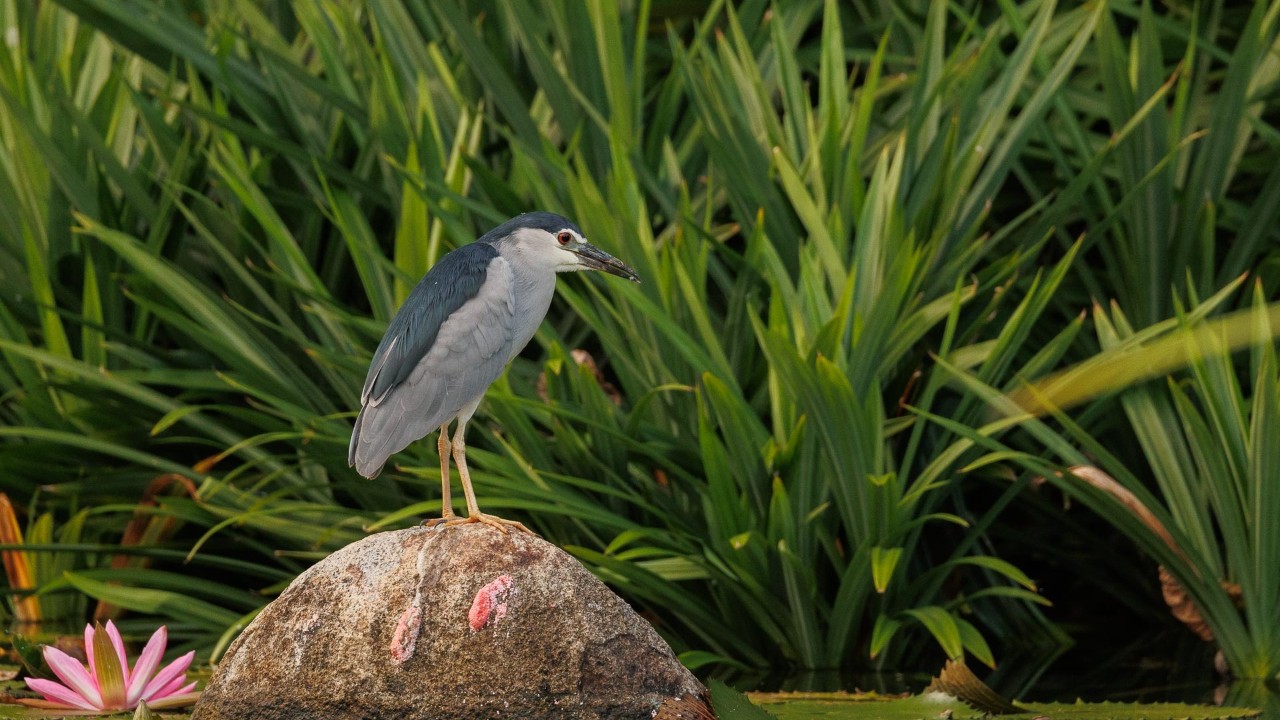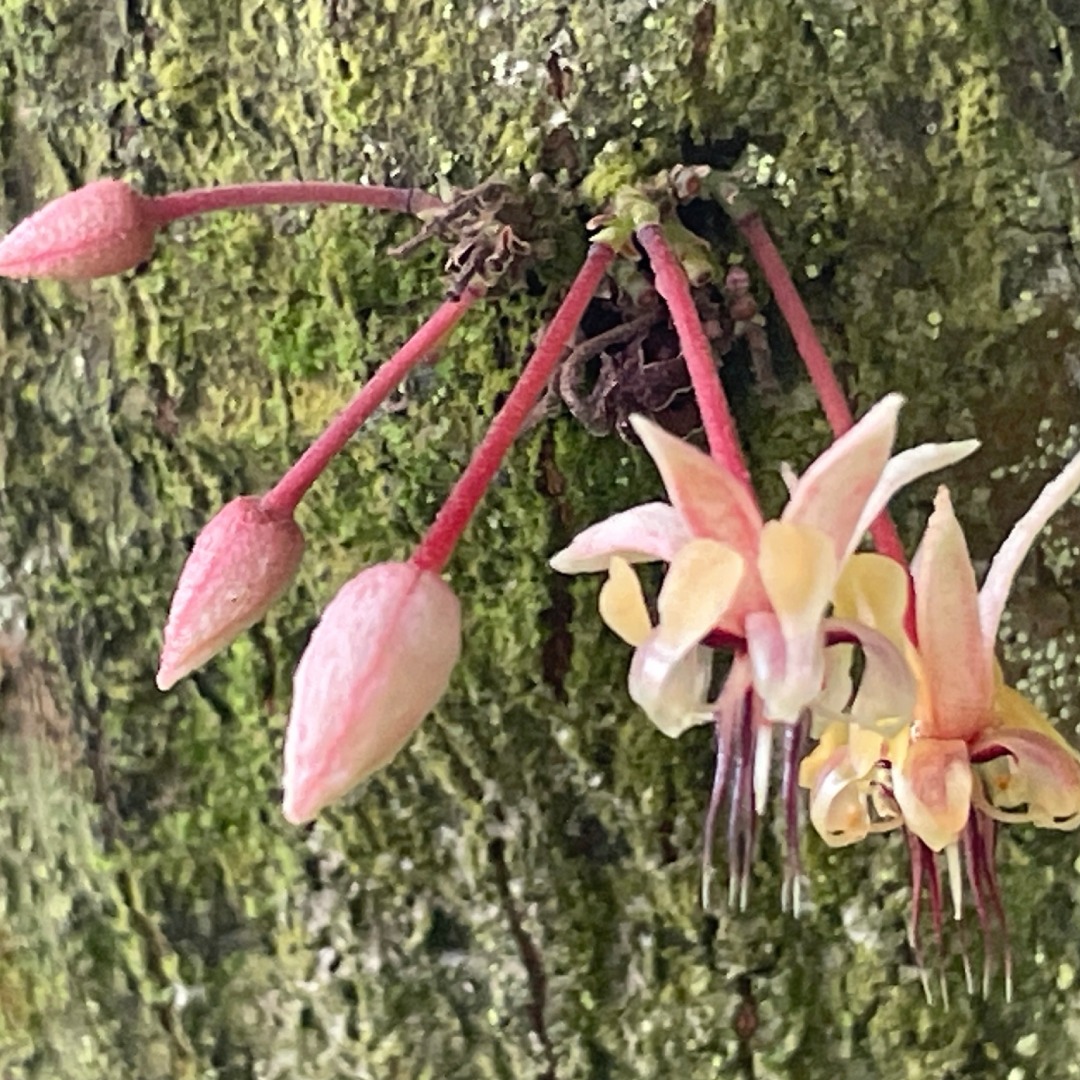Black-crowned night heron
 Credit: Quak Wan Ling
Credit: Quak Wan Ling
The word “Nycticorax” in the scientific name of the Black-crowned night heron (Nycticorax nycticorax), means "night raven", as derived from Ancient Greek. This is due to the nocturnal nature and croaking call of the bird as it makes a harsh croak when disturbed. They are otherwise generally silent and may utter subdued kwik kwik calls.
This bird can be found almost throughout temperate and tropical regions worldwide, except for Australia and Antarctica, with the ones in the northern range migrating during winter. In Singapore, it is an uncommon resident that occurs in both brackish and freshwater wetland habitats, including mangroves, ponds, mudflats and canals.
About 58- 65cm in size, the non-breeding adult can be recognised by their black crown, greyish overall plumage, two white plumes on the nape and yellow legs with red eyes. Juveniles are distinctly different, having brown plumage with streaks and yellow eyes. Juveniles also have yellow and black beak instead of blackish bill.
As nocturnal feeders, they are usually observed during dawn or dusk and sleep in the day in trees with dense vegetation. In fact, they have been observed in Singapore to travel long distances to their feeding sites during dusk and return to roost by dawn. Their diet comprises fish, invertebrates and small mammals, and they are adept at catching fish by remaining motionless in the water before ambushing their prey. Like many herons, they are gregarious birds which nest in colonies.
Their population in Singapore has improved in recent years, with their conservation status improving from Critically Endangered to Endangered from the 2nd to 3rd edition of the Singapore Red Data Book. However, they are still threatened by the availability of suitable breeding, feeding and nesting sites.
In Gardens by the Bay, they are often sighted around Kingfisher Wetlands, where a colony roosts amongst the dense vegetation.


